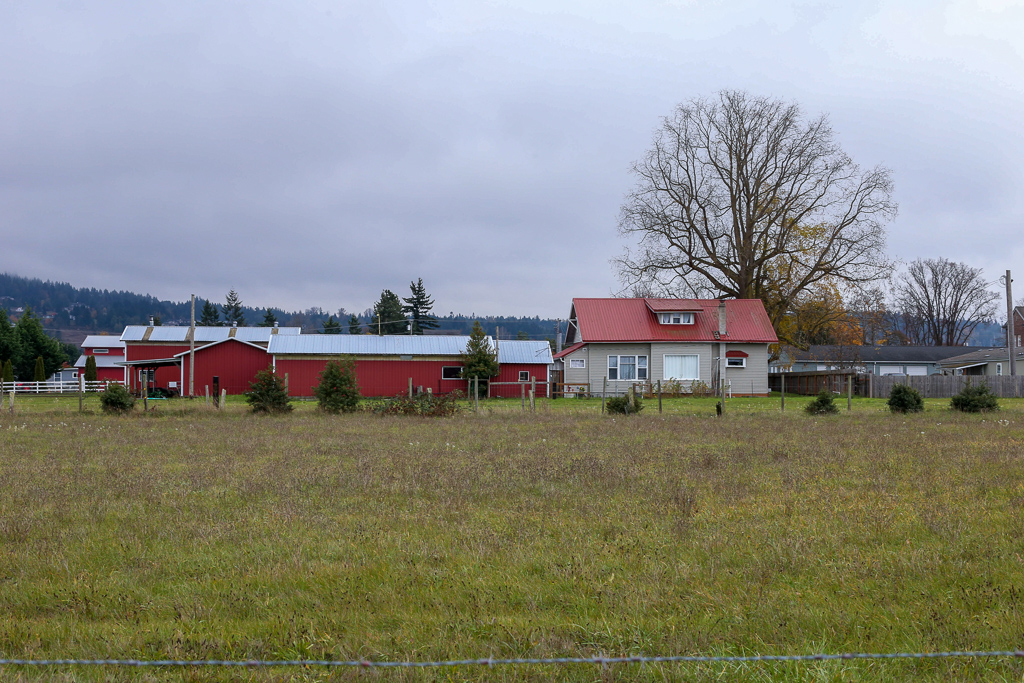In Sequim, Washington, Jamestown S’Klallam tribal member Joshua Carver, 28, was prescribed pain pills for a football injury in high school and soon became addicted. He spent months in recovery and is now working full time as a construction manager and raising his infant son, Jameson, with his girlfriend (middle). His sister (left) also struggled with addiction. In 2017, according to the Centers for Disease Control and Prevention, doctors wrote nearly 102 opioid prescriptions per 100 residents in Clallam County—higher than the number of prescriptions in some areas of Appalachia.


